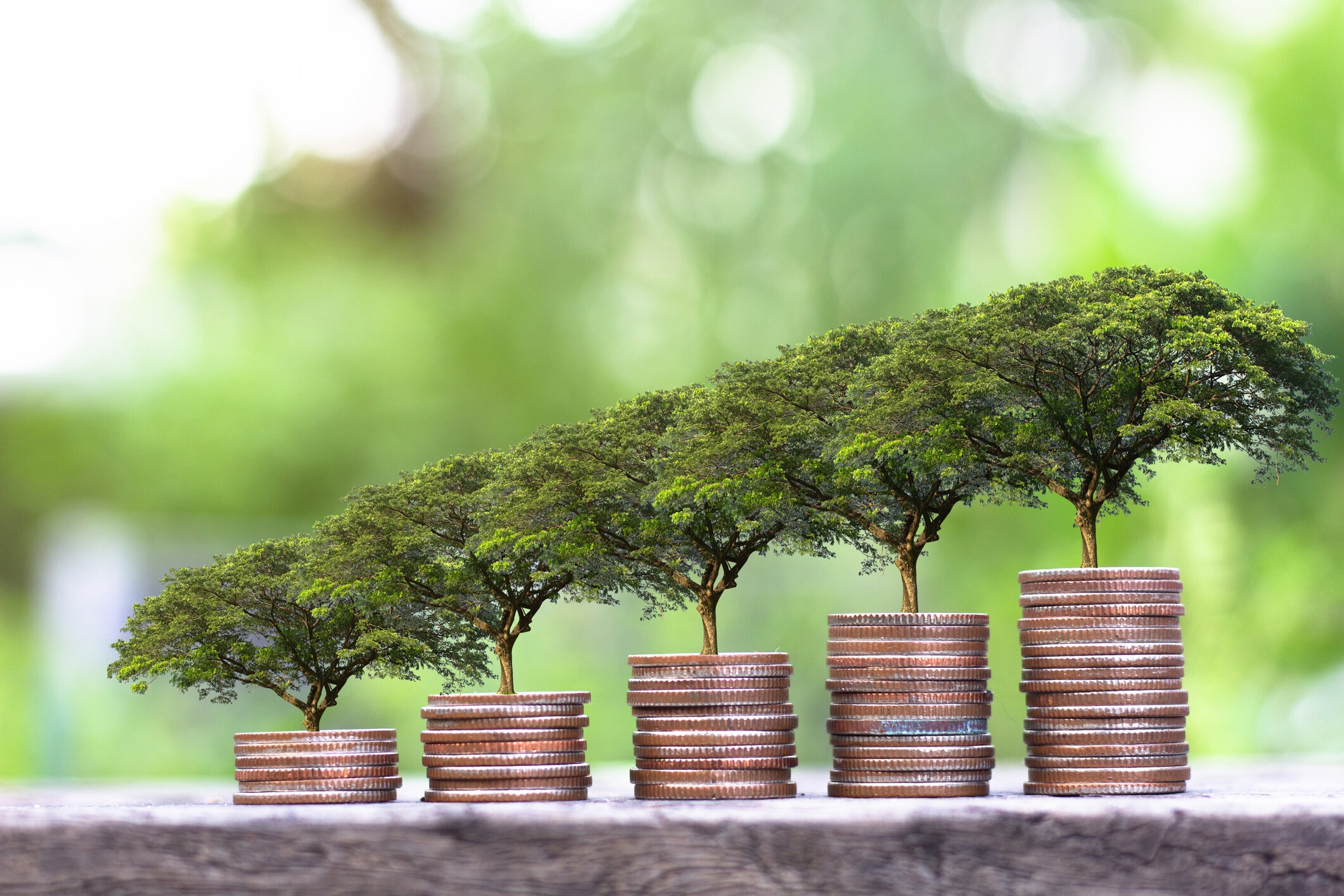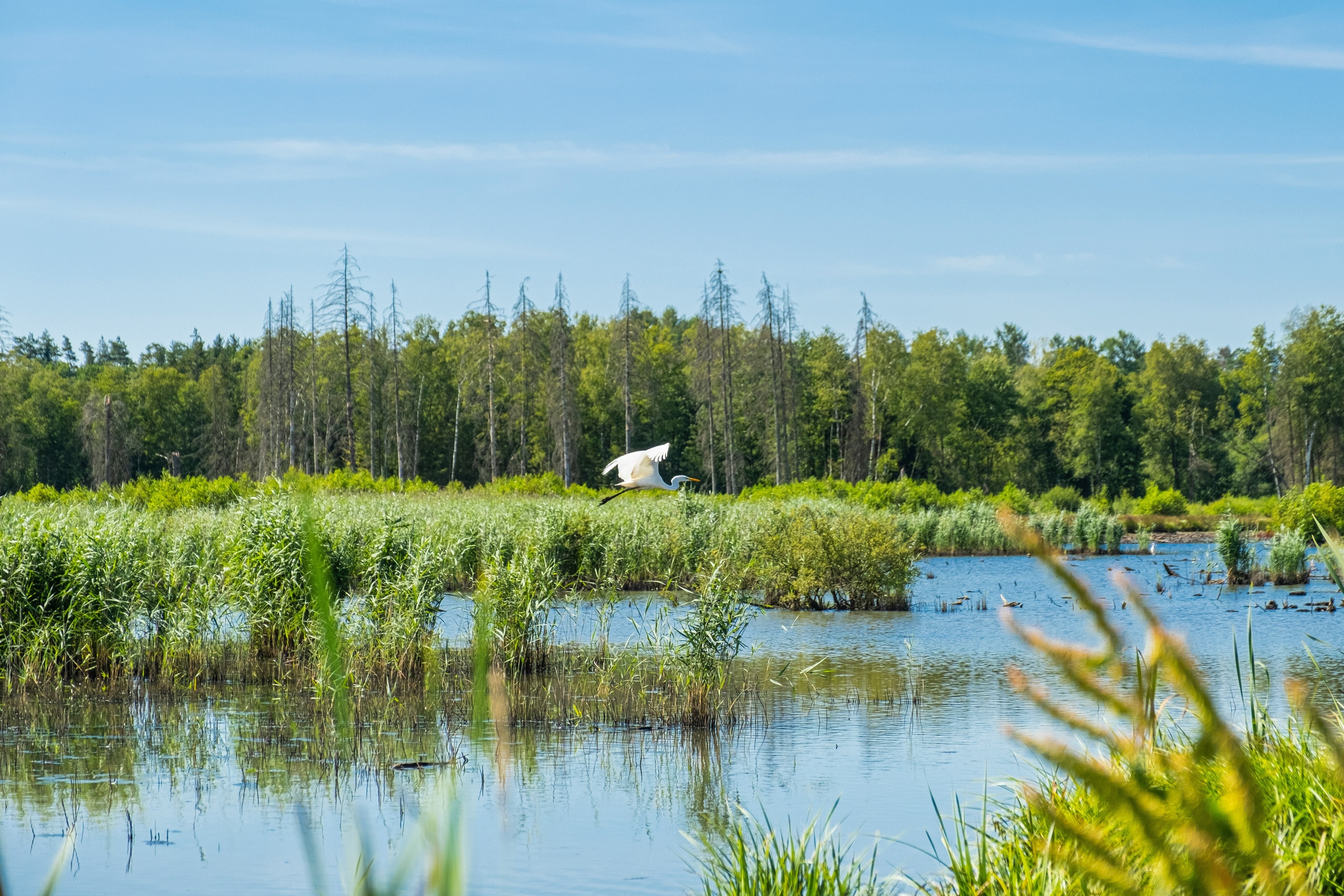4 ways a greener economy can help debt-ridden countries

Debt-ridden countries could use a greener economy to pay off their loans
Image: Photo by Zbynek Burival on Unsplash
Stay up to date:
Climate and Nature
Listen to the article
- Debt-ridden countries are further challenged by macroeconomic problems.
- Debt is a very serious issue as it hinders spending on national essentials, such as health and education.
- Going green could help debt-ridden countries progress and ease their debt burdens.
Many countries are staring into a debt crisis as the world faces multiple challenges with supply-chain disruptions, the Russia-Ukraine war and high inflation. The United Nations identified 54 developing countries as having severe debt problems. Well-functioning nations with a lot of promise, such as Ghana, Ecuador and Sri Lanka, are among them.
Debt is a very serious issue for a country as it hinders spending on national essentials, such as health and education. Many countries spend more on interest payments than social security, education and health combined. This leads to long-term problems for their populations and economies. But debt is not the only crisis for developing countries. According to the World Economic Forum Global Risks Report 2023, the risk that has the highest severity in 10 years' time is the failure to mitigate climate change, with the second highest risk being the failure of climate adaptation.
Developing countries face the challenge of facing the climate change threat while being severely hamstrung with the inability to fund climate action due to their heavy debt crises. This is why many leaders are determined to devise a green way out of their countries’ economic troubles.

Support for a greener Economy
According to a McKinsey study, $9.2 trillion of investments are needed every year for the next 30 years to reach net zero globally. An IPCC report states that to keep temperatures 1.5℃ below pre-industrial levels, the world needs to reach net zero emission targets by 2050. A greener economy also has large public support, as well as corporate backing with 85% of investors stating that they consider the sustainability factor.
A Deloitte report finds that nearly half of Millennials and Gen Z say their career decisions were driven by personal ethics resulting in companies with better sustainability practices attracting better talent. Skills are critical for green transformation. To attract the right talent, domestically as well as from foreign investments, developing nations must go green.
What is the World Economic Forum doing about the circular economy?
The challenges
Transitioning into a greener economy comes with its challenges. A key challenge has been that there are many different types of reporting frameworks and a lack of uniformity. This makes it complex to measure progress. Data gathering is also a challenge as whichever reporting standard is used, it depends on the quality and quantity of the data provided. Greenwashing by larger companies is a bitter initial experience, but is likely to gradually disappear as there is no way a company can cheat staff, customers, shareholders, civil society and media over time.
Lastly, with the debt crisis sweeping many developing countries along with the multiple crises facing the world, we need to look for win-win opportunities. Fortunately, we have all the policies, technologies and finance needed to develop green prosperity. Developing nations, such as China and India, who see climate change not mainly as a problem, but as an opportunity to capture green markets and grow their economies are likely to lead the pack. It's all about creating domestic conditions for green growth, not waiting for development assistance, which tends to be slow, bureaucratic and small money.
Green debt swaps are one way to link the debt crisis with environmental concerns. It was pioneered by the Seychelles, which protected a huge natural reserve in the midst of the Indian Ocean in an agreement with the Paris Club, who accepted favourable treatment of debt.
The positive effects of a greener economy in developing countries
Investments
As many developing countries have debt that is no longer sustainable, a critical way to earn foreign currency to pay back the debt is through attracting investments. According to Deloitte, 75% of C-Suite leaders of major companies have stated that their organizations have increased sustainability investments over the past year. In 2020, 85% of investors had looked at ESG factors before investing, showing a rise in concerns by investors, especially on the environment. The recent letter by the CEO of the largest asset manager in the world, Blackrock, shows that investors do not just look at sustainability as the right thing to do, but also the profitable thing to do.
Energy security
A major crisis facing many developing countries is lack of foreign reserves to import their energy needs. Many developing countries run large trade deficits and importing energy is a major cause. The use of renewable energy can preserve valuable foreign currency reserves, which can be used for other development purposes. Renewable energy is now cheaper than fossil fuels everywhere. Switching to domestic resources, such as hydropower, solar and wind energy, can help countries create jobs domestically and save foreign exchange, which can better be used on education, infrastructure or health. As renewable energy is mostly produced within a country, it's a win-win for energy security, domestic growth and better care for Mother Earth. Horrible as it is, the war in Ukraine is likely to supercharge the development of renewable energies. Small island developing states are among those with the most to gain by making the shift to green domestic resources, as they pay for overpriced fossil fuels due to the long distances of transporting it.
Food security
Many developing countries import food due to inefficient agricultural methods. This leads to large trade deficits, which these countries can ill afford. To reduce the trade deficit, they also often increase import tariffs on many goods that are essential for their export industries. This gives their export-focused manufacturing sector a severe disadvantage. The Russia-Ukraine war has shown the world how vulnerable it is to food supply with 28% of fertilizers and 30% of wheat exports coming from Russia and Ukraine. Greener agricultural policies can lead to a more efficient way of production, using lesser resources with circular usage, thus increasing food production in developing countries. Water is set to become a scarce resource. Green technology in agriculture uses up to 95% less water, as shown by the Google-backed vertical farming firm, Bowery Farming.
Increased exports
For debt-ridden countries to pay back their loans they need foreign reserves for which increasing exports is essential. With the EU’s taxonomy and many countries having set net zero targets, many industries in the developing world will have to switch to environmentally sustainable ways of manufacturing to be able to export to the EU, China or elsewhere. Large private organizations, such as Apple, Microsoft and many more, have committed to having their entire supply chains carbon neutral by 2030. This means that suppliers in developing countries will have to manufacture in a greener way to be a part of global supply chains.
In short - going green is not a costly burden for the developing world, it's a massive opportunity for progress and development.
Accept our marketing cookies to access this content.
These cookies are currently disabled in your browser.
Don't miss any update on this topic
Create a free account and access your personalized content collection with our latest publications and analyses.
License and Republishing
World Economic Forum articles may be republished in accordance with the Creative Commons Attribution-NonCommercial-NoDerivatives 4.0 International Public License, and in accordance with our Terms of Use.
The views expressed in this article are those of the author alone and not the World Economic Forum.
Forum Stories newsletter
Bringing you weekly curated insights and analysis on the global issues that matter.
More on Nature and BiodiversitySee all
Mark Gough and Naoko Ishii
September 15, 2025
Shivin Kohli and Alessandro Valentini
September 10, 2025
Kate Whiting
September 9, 2025





